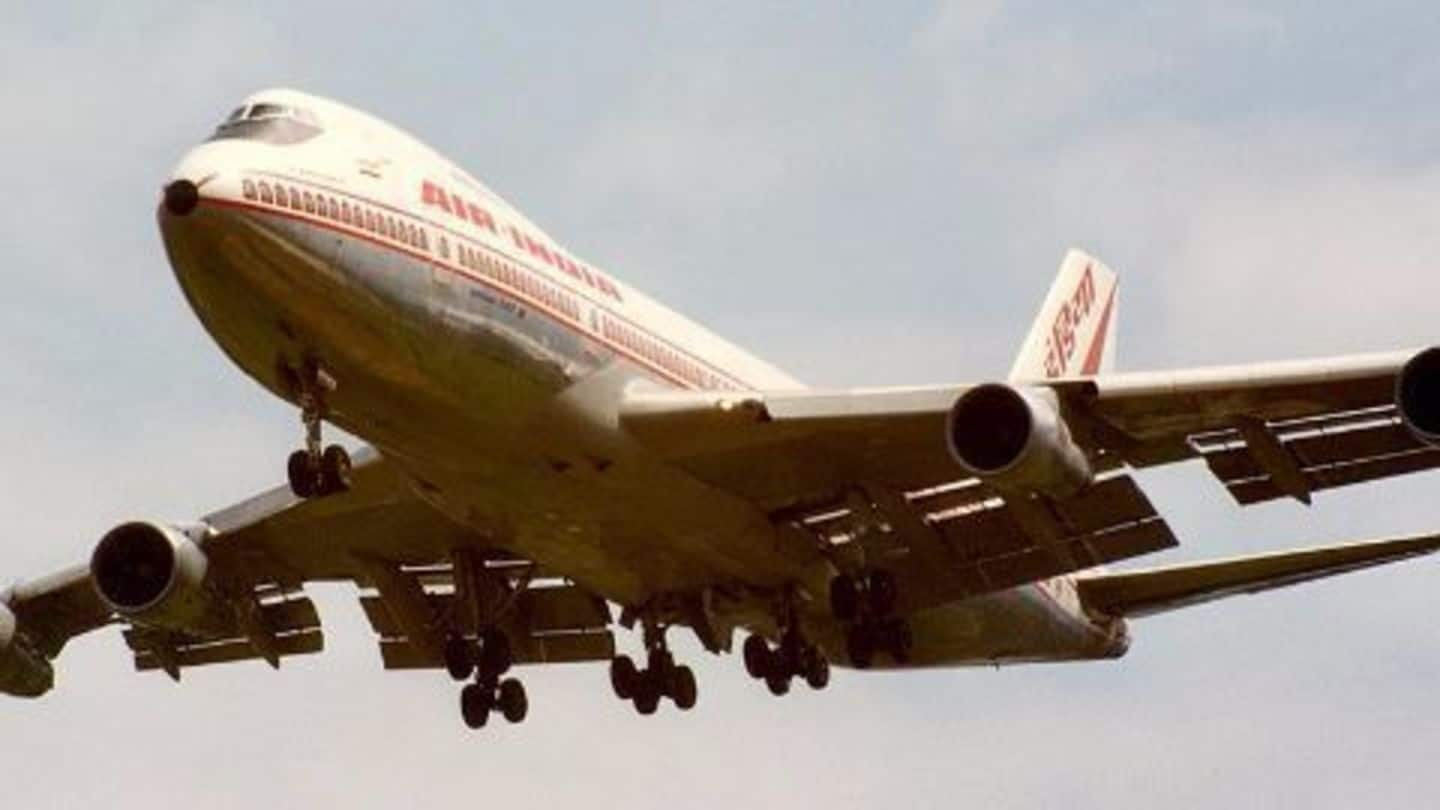
AI 182 bomber freed by Canadian authorities
What's the story
The only person ever convicted over the 1985 Air India bombings that killed 331 people was released from prison in Canada after serving 2 decades behind bars.
Inderjit Singh Reyat, a Sikh immigrant was released after serving 15 years and a susequent 6 year sentence over his role in the bombings.
A spokesman for the Parole Board of Canada, confirmed his release from prison.
Who?
Who was Inderjit Singh Reyat?
Inderjit Singh Reyat was a mechanic who migrated to Canada from Punjab.
Reyat bought dynamite, detonators and batteries and constructed the bombs that exploded on the Kanishka flight and at the Narita Airport in Tokyo.
In 1991, Reyat was convicted of manslaughter in the deaths of two baggage handlers in Tokyo and for the Kanishka bombing and sentenced to 15 years in prison.
Personal
20 years, $130 million, only one convicted
Inderjit Singh Reyat was the only person convicted for the bombings on board the Kanishka flight and at Narita airport. The investigations were the most expensive in Canadian history, lasting over 20 years and costing over $130 million.
23 Jun 1985
What was the Kanishka bombing?
Air India's Boeing 747 'Kanishka' that left Montréal for New Delhi via London on June 23, 1985, crashed near the west coast of Ireland after a bomb planted on the aircraft exploded.
All of the 329 people on board were killed. 22 of them were were Indian nationals and rest mainly of Indian descent.
Investigations concluded that Khalistani elements were responsible for the bombing.
Information
Bombing at Narita Airport, Tokyo
On the same day an explosion occurred when handlers were transferring baggage out of Canada's CP Air Flight 003 at Narita Airport, Tokyo. Investigators concluded that the baggage was meant to be transferred to Air India Flight 301, heading for New Delhi via Bangkok.
The Operation
How did the bombing take place?
An individual identified as Mr. Singh, bought tickets to travel from Vancouver to Toronto and on to New Delhi (AI-182).
He insisted that his luggage be transferred to AI-182 in Toronto, even though his tickets were not confirmed.
He never boarded the flight from Vancouver, though his luggage arrived in Toronto and was transferred as requested, highlighting severe lapses in Canadian airport security.
Investigations
Canadian, Indian investigations point to Khalistani elements
Investigations launched into the incident by the Royal Canadian Mounted Police (RCMP) concluded that Sikh extremists conducted the attack to avenge India's 1984 Operation Blue Star.
In India the CBI conducted investigations and revealed that the Babbar Khalsa International was responsible for the attack.
The CBI investigation also revealed that the mastermind was Talwinder Singh Parmar, a high ranking leader of the Babbar Khalsa.
Information
Talwinder Singh Parmar killed by Punjab Police
On 15 October 1992, Talwinder Singh Parmar was killed in an encounter with Punjab Police. The details of the encounter have been disputed and reports indicate that he confessed to his role in the bombing before being killed.
Suspects
Who were the suspects in the case?
Apart from Talwinder Singh and Inderjit SIngh, several other suspects were also interrogated in the case, but never implicated.
Ripudaman Singh Malik and Ajaib Singh Bagri were held in 2000 for funding the operation and inciting violence; however, they were acquitted in 2005.
Hardial Singh Johal's phone number was used to book the tickets for the flight. He was never charged in the case.
Lapses
Could the bombing have been avoided?
Canada instituted a public inquiry headed by Supreme Court judge Justice John Major.
The inquiry revealed several errors by Canadian authorities, who had even placed Parmar's phone under surveillance for 3 months before the bombing.
In 1984, local criminals, Harmail Singh Grewal and Gerry Boudreault told Canadian authorities on separate occasions about the plot to bomb the plane.
Both claims were dismissed as baseless.